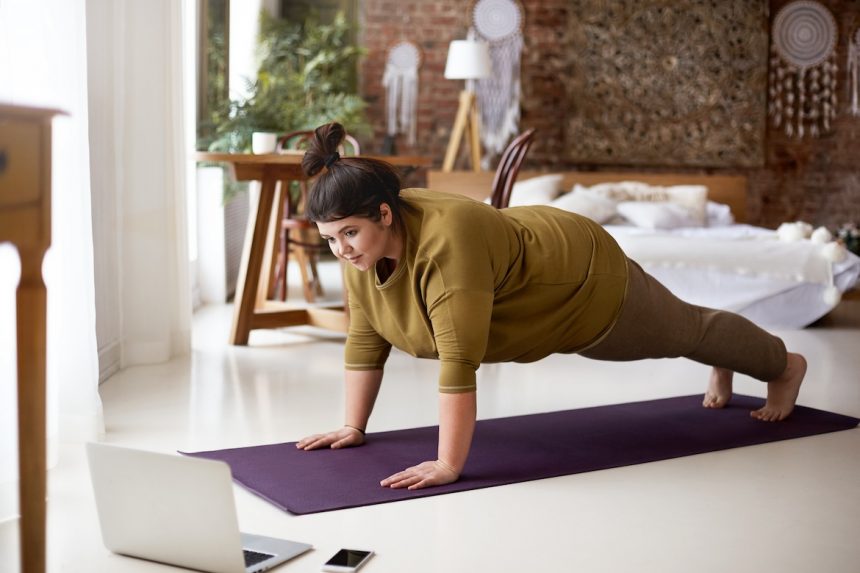If you’re aiming to strengthen your core, planks will definitely be a key part of your workouts. According to certified personal trainer Lindsey Bomgren, CPT, founder of Nourish Move Love, planks are an excellent full-body exercise, with a strong focus on the core. In a plank position, just above the ground, your entire midsection has to engage to prevent you from collapsing.
There are two main variations of the plank. Some trainers prefer the high plank position, similar to the top of a push-up, while others recommend the forearm plank for a different challenge. Both versions are effective, targeting your body in slightly different ways. Here’s what trainers want you to understand about the forearm plank versus high plank, the muscles each targets, and which one may be more suitable based on your goals and abilities.
Forearm plank is ideal if you are primarily aiming to strengthen your core. Bomgren recommends this variation for a deeper engagement of the transverse abdominals. Your core muscles have to work harder in a forearm plank since your arms are less involved, requiring your core to stabilize you more. Also, being slightly more parallel to the ground adds an extra challenge.
To perform a forearm plank, start on all fours and lower yourself onto your forearms, with elbows bent at 90 degrees. Extend your legs behind you, raising one knee up at a time until you are fully extended on your toes. Keep a straight line with your body from head to toe, engaging your core throughout.
This variation targets all core muscles, including the transversus abdominis, rectus abdominis, obliques, and lower back muscles, as well as the shoulders and chest. If you struggle with wrist pain or find traditional planks challenging, forearm plank may be a better option as it offers more stability and less strain on your wrists.
On the other hand, high plank still engages the core muscles, but to a slightly lesser extent compared to forearm plank. In a high plank position, you’ll also work your arm muscles more, along with the same core muscles targeted in a forearm plank. The high plank is beneficial for building upper body strength, especially on arm days.
To perform a high plank, start on all fours and extend your legs behind you onto your toes, pushing into your palms to straighten your arms. Ensure your body forms a straight line from head to toe, engaging your core throughout. This variation allows for easier adjustments in intensity by modifying the incline.
In conclusion, if core strength is your main focus and you want to avoid wrist strain, go for the forearm plank. For a more encompassing upper body workout and versatility in incline adjustments, opt for the high plank. Each variation offers unique benefits, so choose based on your goals and preferences.






